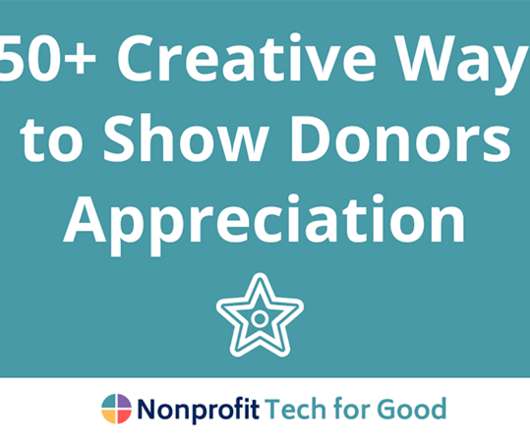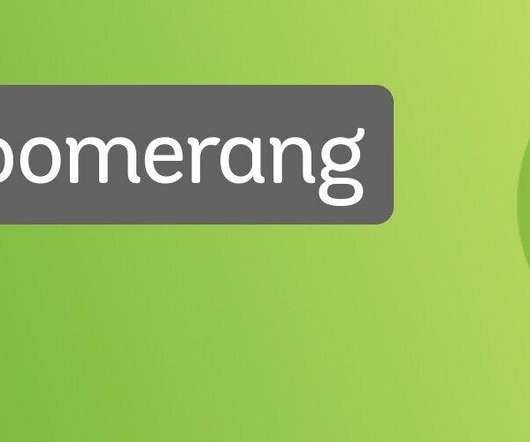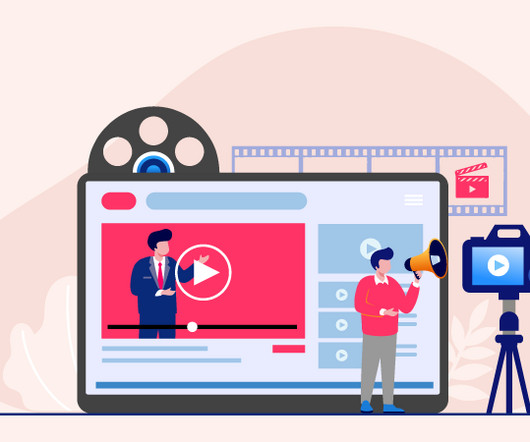Reflections on a Decade of Designing and Facilitating Interactive Webinars
Beth's Blog: How Nonprofits Can Use Social Media
AUGUST 14, 2015
The webinar content is important, but it is only part of the instructional design task. Once you’ve identified what people will learn from the webinar, think about your content in these three different categories: Self-Directed Reading: Materials and Information that participants can read and review on their own.



















Let's personalize your content